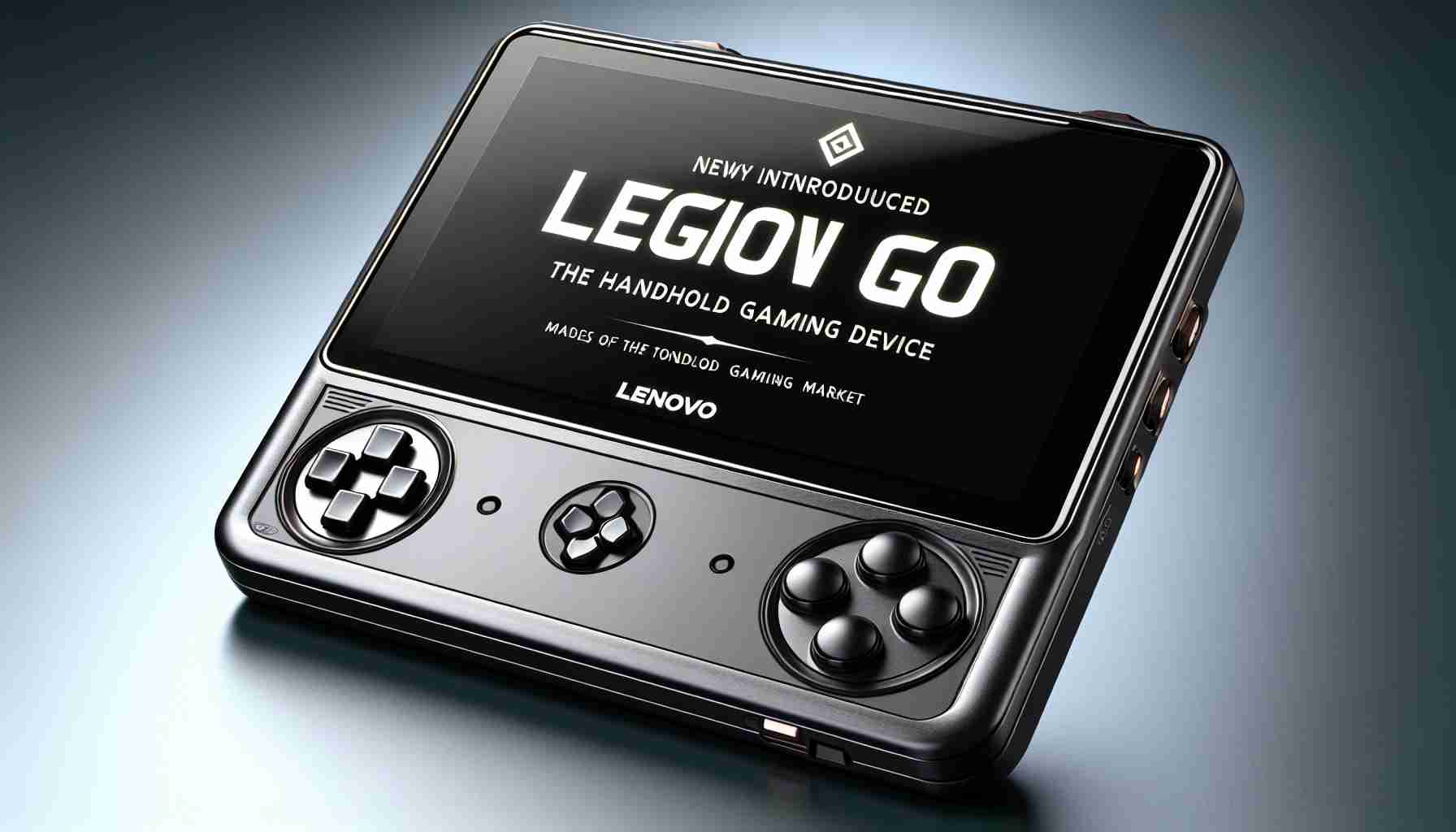In the ever-evolving landscape of handheld gaming, new devices have emerged that offer unique experiences for Xbox and PC gamers. While the MSI Claw, Steam Deck, and ASUS ROG Ally have hogged the spotlight recently, there is now a new player in town: the Lenovo Legion Go. This article will provide an overview of the Legion Go’s features and discuss its potential impact on the gaming world.
One notable aspect of the Lenovo Legion Go is its impressive size. Sporting an 8.8-inch QHD+ display with a 144Hz refresh rate, it certainly stands out from the crowd. Although it lacks VRR FreeSync support, the Legion Go’s display performs admirably for most gaming needs. Additionally, the design of the Legion Go is a departure from its competitors. With a more subtle and professional aesthetic, it offers a refreshing alternative to the angular design of the ASUS ROG Ally. However, the Legion Go’s black finish does come with an unfortunate downside – it is a magnet for smudges and fingerprints.
The Legion Go sets itself apart with a unique feature – a mini trackpad. Recognizing the limitations of touch controls on Windows 11, Lenovo included this trackpad to enhance the user experience. While it does alleviate some of the frustrations, such as the lack of an on-screen keyboard when needed, it doesn’t completely solve the issue. Windows 11 is still far from ideal for handheld devices, but Xbox is working to improve compatibility.
One fascinating aspect of the Legion Go is its detachable joysticks, reminiscent of the Nintendo Switch. These joysticks can be docked and used as a joystick/mouse hybrid, providing an ergonomic gaming experience. Configuring the additional buttons and triggers to mimic a keyboard can be a bit cumbersome, but once set up, the Legion Go offers seamless gameplay. Accompanying this unique design is a substantial kickstand, making it an excellent travel companion, especially for gaming sessions on planes or trains.
Furthermore, the Legion Go excels in cooling, thanks to its impressive ventilation system. Playing intensive games like Helldivers 2 on high performance mode proved no challenge for this device, as it stayed cool throughout extended play sessions. On the software side, Lenovo provides a user-friendly interface for updating drivers and adjusting settings. Although it may not match the polish of ASUS’ software in terms of responsiveness, Lenovo is actively improving its app with regular updates.
In conclusion, the Lenovo Legion Go introduces a new contender to the handheld gaming market. With its impressive display, unique features like the mini trackpad and detachable joysticks, and excellent cooling capabilities, it offers a compelling alternative to existing handheld options. While Windows 11’s compatibility issues persist, the Legion Go shows promise for Xbox and PC gamers looking for a portable gaming solution.
FAQ:
1. What are some notable features of the Lenovo Legion Go?
The Lenovo Legion Go features an 8.8-inch QHD+ display with a 144Hz refresh rate, a mini trackpad, detachable joysticks, and an excellent cooling system.
2. How does the Legion Go’s display compare to its competitors?
The Legion Go’s display performs admirably for most gaming needs, although it lacks VRR FreeSync support. It stands out with its size and impressive refresh rate.
3. What sets the Legion Go’s design apart from its competitors?
The Legion Go has a more subtle and professional aesthetic compared to the angular design of the ASUS ROG Ally. However, its black finish is prone to smudges and fingerprints.
4. How does the mini trackpad enhance the user experience?
Recognizing the limitations of touch controls on Windows 11, Lenovo included a mini trackpad to improve usability, particularly for tasks like using an on-screen keyboard.
5. How are the detachable joysticks of the Legion Go useful?
The detachable joysticks can be docked and used as a joystick/mouse hybrid, providing an ergonomic gaming experience. Configuring additional buttons and triggers to mimic a keyboard can be cumbersome but offers seamless gameplay once set up.
6. How does the Legion Go perform in terms of cooling?
The Legion Go excels in cooling due to its impressive ventilation system. It remains cool even during extended play sessions of intensive games.
7. How is the Legion Go’s software experience?
Lenovo provides a user-friendly interface for updating drivers and adjusting settings, although it may not match the responsiveness of ASUS’ software. Lenovo regularly updates its app to improve its performance.
8. What is the potential impact of the Legion Go on the gaming world?
The Legion Go offers a compelling alternative to existing handheld gaming options with its impressive features. While Windows 11’s compatibility issues persist, it shows promise for Xbox and PC gamers seeking a portable gaming solution.
Definitions:
– QHD+: A term used to describe a display resolution of 2560×1440 pixels, which offers higher quality and clarity than standard HD resolution.
– Refresh rate: The number of times per second that a display updates to show a new image. A higher refresh rate (such as 144Hz) results in smoother and more responsive gameplay.
– VRR FreeSync: Variable Refresh Rate technology developed by AMD that synchronizes the display’s refresh rate with the graphics card’s output, reducing screen tearing and stuttering during gameplay.
– Trackpad: A touch-sensitive surface, usually found on laptops or portable devices, used for controlling the cursor or navigating through screens by moving a finger across the surface.
– Ergonomic: Refers to designs or products that are intended to be comfortable, efficient, and safe for use, particularly with regard to human physical posture and well-being.
– Compatibility: The ability of different devices or software to work together or be used interchangeably without issues or conflicts.
Suggested related links:
The source of the article is from the blog foodnext.nl
